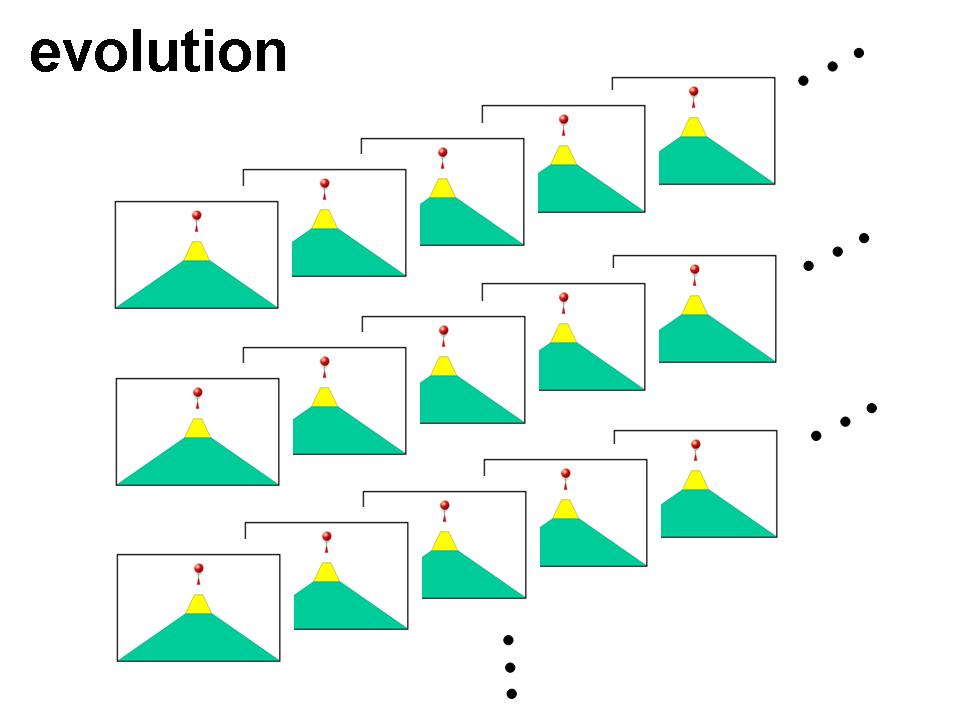Distant Starlight, the thorn in the side of YEC — can there be a middle ground?
There are many devout Jews and Christians who believe the universe is old. Unlike Darwinism, the presumption of an old universe has real support from science. Philosophically, something as grand and as powerful as the entire universe would reasonably seem to be eternal. Standard thermodynamics and the Big Bang hypothesis changed all that, and the age of the universe is no longer viewed as eternal. Perhaps God did not want us to believe the Cosmos is all powerful and eternal, but rather transient and passing. Thermodynamics tells us the stars cannot burn forever, and thus thermodynamics has left us evidence that the known cosmos is not eternal… As much as Young Earth Creationists (YECs) hate the Big Bang, the Big Read More ›
